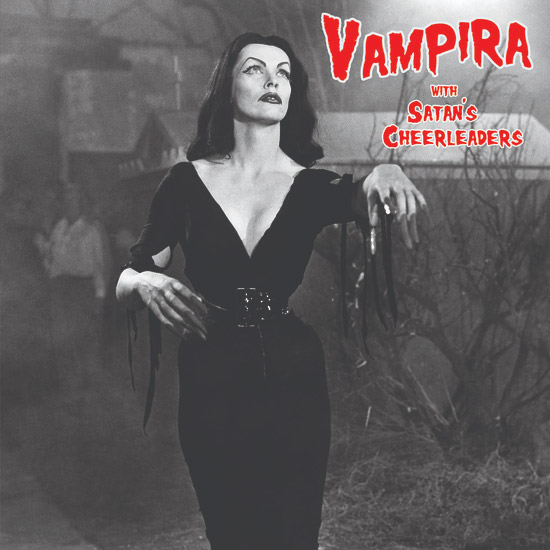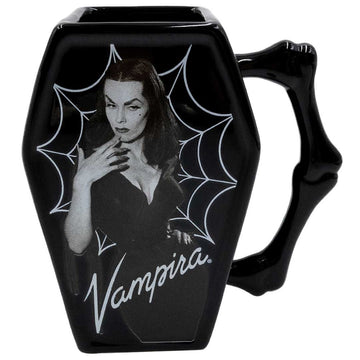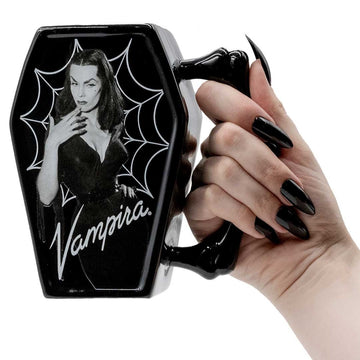Janet Leigh, That Girl in Alfred Hitchcock’s Psycho
Janet Leigh (born Jeanette Helen Morrison; July 6, 1927 – October 3, 2004) was an American actress, singer, dancer, and author, whose career spanned over five decades. Raised in Stockton, California by working-class parents, Leigh was discovered at 18 by actress Norma Shearer, who helped her secure a contract with Metro-Goldwyn-Mayer. Leigh had her first formal foray into acting, appearing in radio programs before making her film debut in the drama The Romance of Rosy Ridge (1947).

Early in her career, she appeared in several popular films for MGM which spanned a wide variety of genres, including Act of Violence (1948), Little Women (1949), Angels in the Outfield (1951), Scaramouche (1952), The Naked Spur (1953), and Living It Up (1954). Leigh played mostly dramatic roles during the latter half of the 1950s, in such films as Safari (1956) and Orson Welles‘s film noir Touch of Evil (1958), but achieved her most lasting recognition as the doomed Marion Crane in Alfred Hitchcock‘s Psycho (1960), which earned her a Golden Globe Award for Best Supporting Actress and a nomination for the Academy Award for Best Supporting Actress.
Leigh had two brief marriages as a teenager (one of which was annulled) before marrying actor Tony Curtis in 1951. The pair’s highly publicized union ended in divorce in 1962, and after starring in The Manchurian Candidate that same year, Leigh remarried and scaled back her career. Intermittently, she continued to appear in films, including Bye Bye Birdie (1963), Harper (1966), Night of the Lepus (1972), and Boardwalk (1979). In late 1975, she made her Broadway debut in a production of Murder Among Friends. She would also go on to appear in two horror films with her daughter, Jamie Lee Curtis: The Fog (1980) and Halloween H20: 20 Years Later (1998).
In addition to her work as an actress, Leigh also wrote four books between 1984 and 2002, two of which were novels. She died in October 2004 at age 77, following a year-long battle with vasculitis, an inflammation of the blood vessels.
78/52: Hitchcock’s Shower Scene – Official Trailer I HD I IFC Midnight
In theaters and VOD October 13th
Directed by: Alexandre O. Philippe
Starring: Jamie Lee Curtis, Guillermo del Toro, Bret Easton Ellis, & Eli Roth
The screeching strings, the plunging knife, the slow zoom out from a lifeless eyeball: in 1960, Alfred Hitchcock’s Psycho changed film history forever with its taboo-shattering shower scene. With 78 camera set-ups and 52 edits over the course of 3 minutes, Psycho redefined screen violence, set the stage for decades of slasher films to come, and introduced a new element of danger to the moviegoing experience. Aided by a roster of filmmakers, critics, and fans — including Guillermo del Toro, Bret Easton Ellis, Jamie Lee Curtis, Eli Roth, and Peter Bogdanovich — director Alexandre O. Philippe pulls back the curtain on the making and influence of this cinematic game changer, breaking it down frame by frame and unpacking Hitchcock’s dense web of allusions and double meanings. The result is an enthralling piece of cinematic detective work that’s nirvana for film buffs.
Subscribe to IFC: https://youtube.com/user/IFCFilmsTube
Connect with IFC Online
IFC Midnight Official Site: https://ifcmidnight.com
Follow IFC Midnight on Twitter: https://twitter.com/IFCMidnight
Find IFC Midnight on Facebook: https://facebook.com/IFCMidnight
Follow IFC on Instagram : https://instagram.com/ifcfilms
Horror Redefined: Terrifying Sundance Films to Check Out on AMC+
by IndieWire Staff | IndieWire
“78/52”

The shower scene in Alfred Hitchcock’s “Psycho” is undoubtedly one of the most iconic movie moments. From its piercing music to how it implies gore without showing it, it’s brilliant. That’s why filmmaker Alexandre O. Philippe created an entire documentary about it, featuring the likes of Elijah Wood and Karyn Kusama, dissecting every aspect of that blood-curling scene and the effect it has had in culture.
Psycho, And so it begins
Alfred Hitchcock’s Psycho. Based on the screenplay by Joseph Stefano (Revised December 1, 1959). Based on the novel by Robert Bloch.
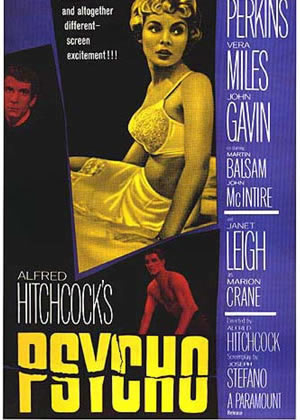
Why Screenwriter Joseph Stefano’s Revamped “Psycho” Excited Alfred Hitchcock
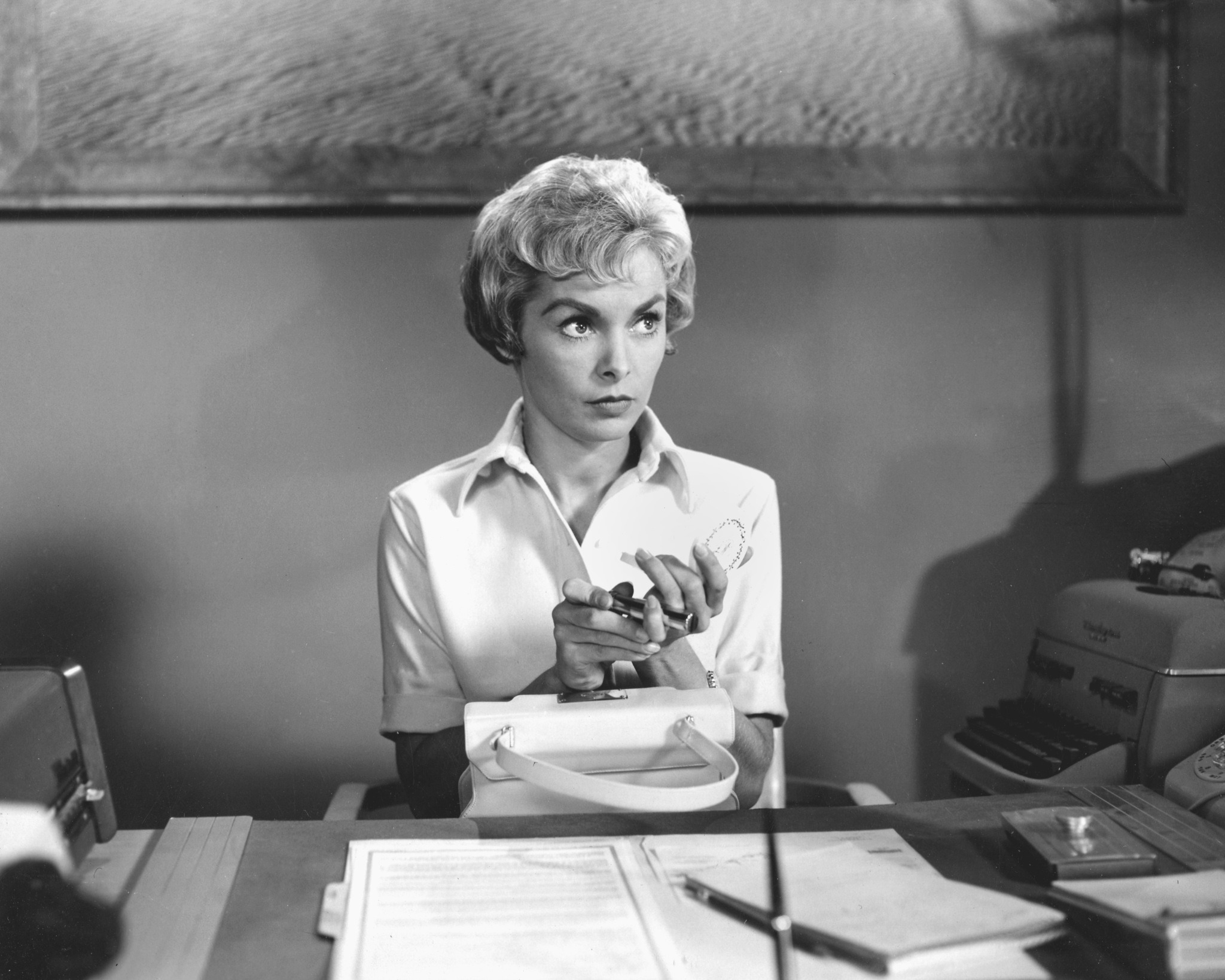
Alfred Hitchcock’s Psycho is interesting on many levels, namely its narrative structure — for anyone to kill off your star actress halfway through a film meant committing a screenwriting atrocity. Screenwriter Joseph Stefano took several risks while writing the script for Psycho, which ended up paying off big time with audiences (though critical reviews were mixed). Cinephilia and Beyond has shared a great making-of documentary about the film, in which Stefano talks about the development of the screenplay, as well as the changes he pitched that got Hitchcock’s attention. (C&B has also made the original shooting script available online for your studying pleasure.)
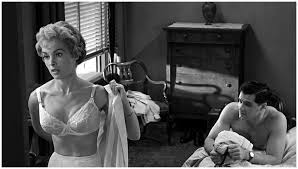
Adapted from Robert Bloch’s 1959 novel of the same name, Psycho was originally assigned to screenwriter James P. Cavanagh. The first treatment that landed on Hitchcock’s desk from the writer was found to be “dull,” perhaps because the novel had much more gore and violence, as well as homages to the story of Ed Gein. (In the novel, Mary Crane — who became Marion Crane in the film — is decapitated in the shower scene.) However, it might also be because Cavanagh brought nothing new to the table.
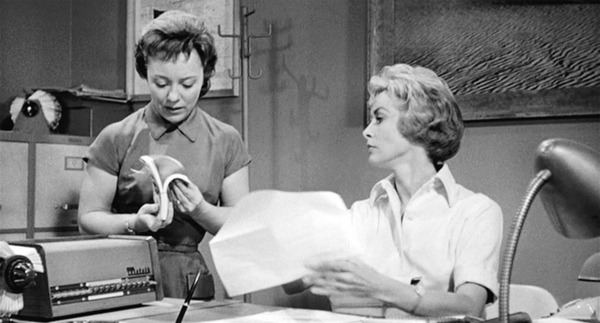
The task of writing the script switched hands from Cavanagh to Stefano, who then changed certain aspects of the original story that greatly appealed to Hitchcock. Stefano opens the film with Marion, which, he thinks, got him the job:
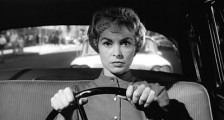
The idea excited Hitch. And I got the job. Killing the leading lady in the first 20 minutes had never been done before! Hitch suggested a name actress to play Marion because the bigger the star the more unbelievable it would be that we would kill her. From there, the writing was easy. The only difficulty was switching the audience’s sympathies to Norman after Marion’s death.
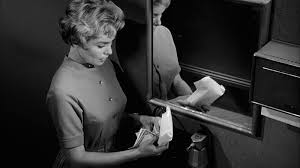
Stefano paints Marion as a woman trapped in her own life — much like the villainous Norman Bates. Taking that further, Stefano also found that the book made it difficult to sympathize with Norman once Mary (Marion) was dead and gone — Bloch’s Norman Bates was middle-aged, overweight, wore glasses, and drank — a seemingly unpleasant individual that characterized a typical villain. Stefano knew that Norman’s look and demeanor would have to change to keep the audience’s attention on, as well as their sympathies for, Norman, so he made him younger, handsome, meek, and seemingly kind.
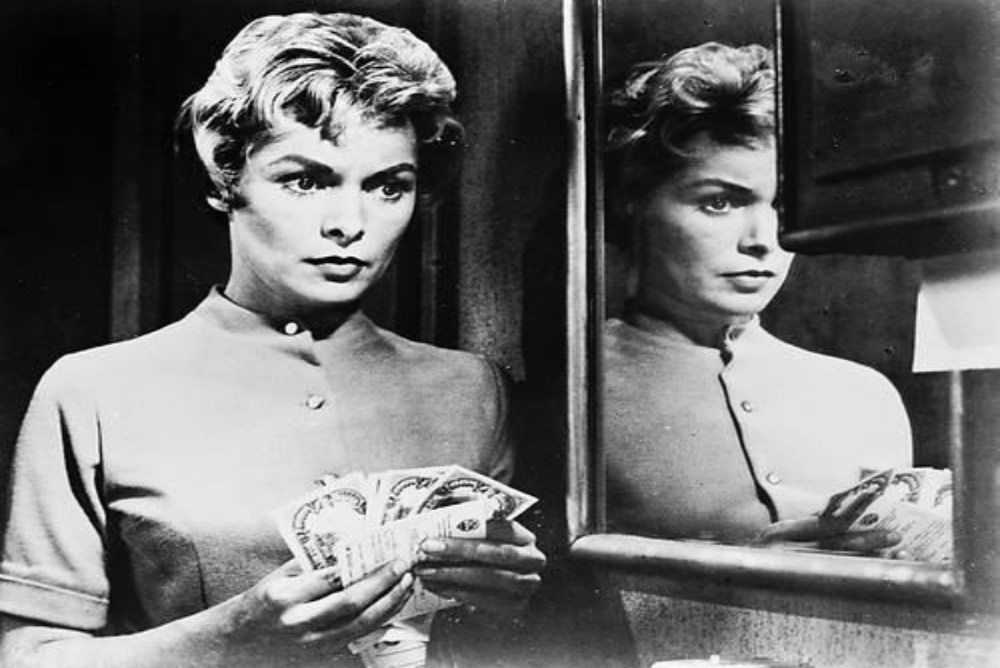
Check out the making-of documentary of Psycho below:
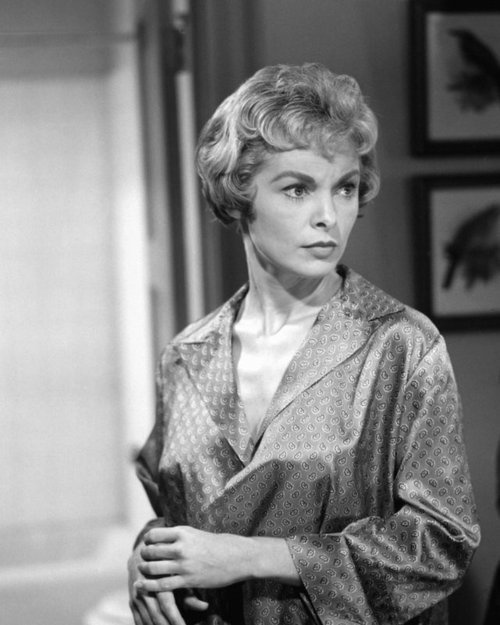
Screenwriting blog Diary of a Screenwriter posted an interview between Stefano and Creative Screenwriting, which echoes a lot of what Stefano talks about in the documentary, but also goes more in-depth about the changes he made to the novel, including the final scene where the psychiatrists are explaining Norman’s condition (in the book, that task fell upon Mary’s boyfriend and sister — who were also, in the book, having an affair by the way). In the interview, Stefano also talks about the effect Psycho might’ve had on audiences and society as a whole, an observation that might cast the film in a different light for those who may not know the historical context of the time:
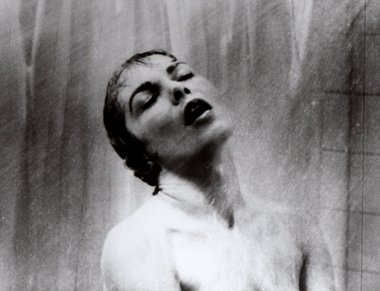
With Psycho, it might have been a heightened sense of mortality, societal violence, and moral responsibility. It was very unsettling to an audience to see a film where the star — one they’d come to care for — suddenly is killed halfway through the picture. Just a few years after the film came out, Americans were astonished and horrified by the much-publicized death of Kitty Genovese in New York City where she was attacked, yelled out for help, and nobody did anything — even though many people heard her chilling, desperate cries. It was very upsetting, and it made everyone reconsider violence in our society and our responses to it. Maybe Psycho did something similar to audiences. Maybe it touched a nerve — and still does.
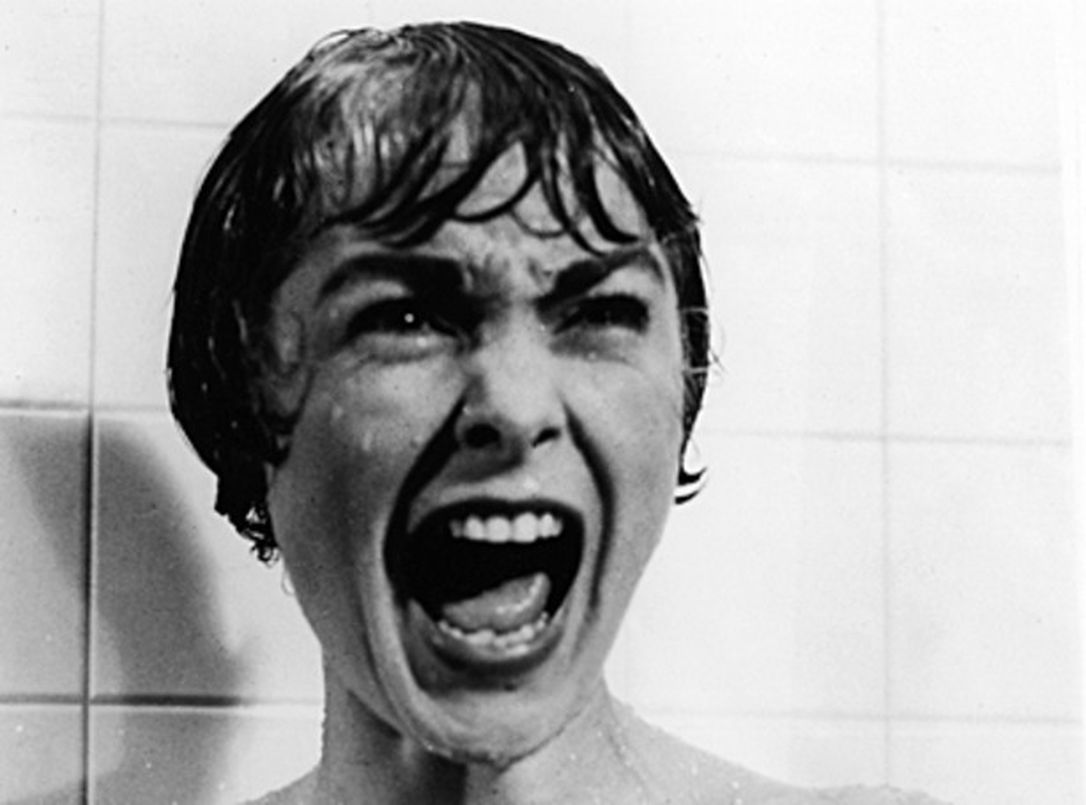
Again, Cinephilia and Beyond has shared Stefano’s Psycho screenplay online. You can check it out in their post here.
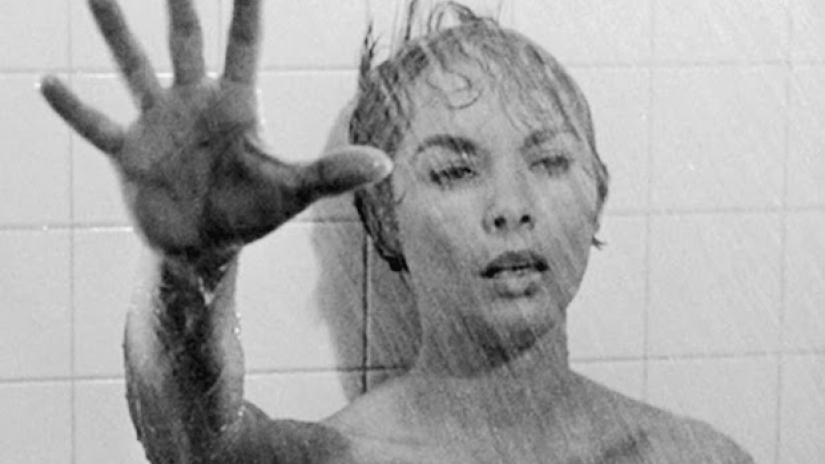
Have you ever adapted a novel? How did you approach it? For those who have read the book, do you think Stefano’s changes made the story better? Worse? Let us know in the comments.
Psycho 1960 Lobby Card Set (11 X 14) Alfred Hitchcock

Marion Crane, the girl from “Psycho”
$39.99
Psycho 1960 Lobby Card Set (11 X 14) Alfred Hitchcock:Here is a set of 11 X 14 inch Reproduction Lobby Cards.The cards are high-quality printed on archival acid-free poster stock that has the look and feel of the originals lobby cards. (8 Cards in the set)
- Catalog#: 14BMB428
- Theme(s): Alfred Hitchcock
- YouTube: Psycho Trailer





Our final issue of Season 6 is one of our best yet:
- Gary Giblin offers an extensive, in-depth tribute to Alfred Hitchcock’s Psycho to commemorate the film’s 50th anniversary. He shares little-known facts about the movie and also examines its legacy, including the sequels.
- Matthew Field offers part one of his recent interview with director Lewis Gilbert, who discusses his war movies such as Sink the Bismarck! and The 7th Dawn.
- Dean Brierly’s ass-kicking interview with ass-kicking Blaxploitation legend Fred (“The Hammer”) Williamson
- Coverage of Cinema Retro’s Movie Magic Tour of England: Richard Johnson joins us at the mansion seen in The Haunting and we catch up with Sir Roger Moore, Britt Ekland, Maud Adams, Richard Kiel and George Lazenby at a major London James Bond event.
- Howard Hughes’ special tribute to the life and career of Lee Van Cleef
- Gareth Owen’s unpublished interview with screen legend Sir John Mills
- Ian Brown interviews Roger Corman and analyzes his film adaptations of the stories of Edgar Allan Poe that starred Vincent Price
- Tom Lisanti celebrates the cult B movie Once You Kiss and Stranger and star Carol Lynley shares her memories of the film.
- Lee Pfeiffer looks back at the British film noir crime movie Never Let Go starring Peter Sellers in a rare dramatic role.
- Dave Worrall tracks down the film locations from the British serials based on the Famous Five stories
- Raymond Benson reveals his choices for the best films of 1977
- Rare unpublished photos from the Suzy Kendall/Dudley Moore groovy comedy hit “30 is a dangerous age, Cynthia.”
- Cinema Retro covers major James Bond events: Guy Hamilton attends Goldfinger screening in London and the Aston Martin DB5 returns to Stoke Park, the golf course from that 007 classic!
- plus the usual extensive reviews of soundtracks, DVDs and movie books.
THIS IS NOT A FAN MAGAZINE. EVERY ISSUE CONTAINS:
- 64 FULL COLOR PAGES
- RARE STILLS AND MOVIE POSTER ART
- EXCLUSIVE FILMMAKER INTERVIEWS
- CELEBRITY COLUMNISTS
- DVD & CD SOUNDTRACK REVIEWS
- STAFF REPORTS ON FILM EVENTS FROM AROUND THE GLOBE
- EVERY ISSUE IS A LIMITED EDITION (ONLY 5,000 COPIES PRINTED)- THESE ARE SURE TO BE VALUABLE COLLECTORS ITEMS.
BUYER PAYS $3 POSTAGE TO USA AND CANADA; $7 AIR MAIL ANYWHERE ELSE.
CLICK HERE TO VISIT THE CINEMA RETRO EBAY STORE. GET ALL YOUR BACK ISSUES HERE!
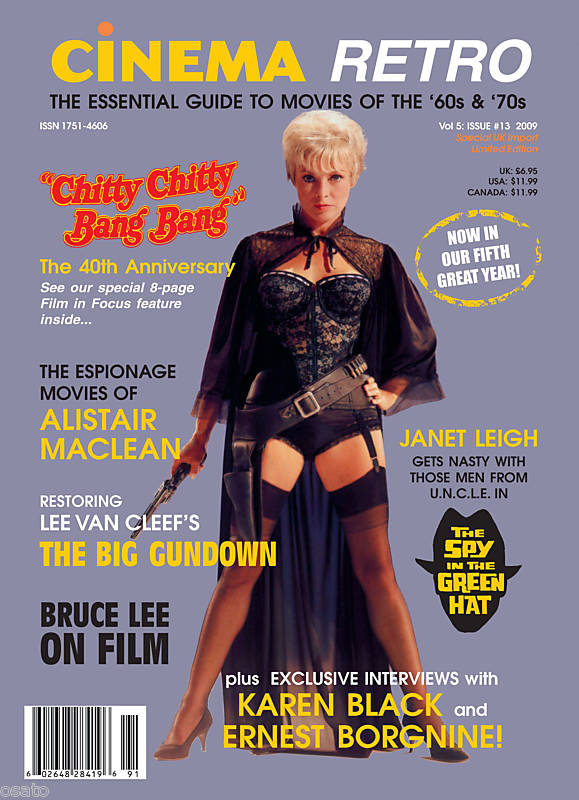
CINEMA RETRO
ISSUE # 13
JANUARY 2009
- 8 page celebration of the 40th anniversary of Chitty Chitty Band Bang
- Exclusive interviews with Ernest Borgnine and Karen Black
- The story behind the restoration of the Lee Van Cleef spaghetti western The Big Gundown and interview with director Sergio Sollima
- A tribute to the films of Bruce Lee
- The espionage films of Alistair MacLean- Part 1 (The Secret Ways, The Satan Bug)
- Sir Roger Moore receives the Cinema Retro award at the Spy Who Loved Me reunion at Pinewood Studios
- Cinema Retro’s London premiere party for Quantum Of Solace
- Christopher Lee and director Don Sharp recall the Hammer production of Devil Ship Pirates
- The Films From U.N.C.L.E. series continues with coverage of The Spy in the Green Hat
In like new condition, this is an original issue from 2009. Size is A4 (8.3″ x 11.7″), printed in color
FREE FIRST CLASS MAIL SHIPPING WITHIN THE US Please check out my other items for more issues of Cinema Retro, 007 Collectors & James Bond Fan Club badges, pencils and key rings, photos, props, and Bond DVDs.
Save on shipping when you buy more than one item from us.
Vampira, The Dark Goddess of Horror, and Ed Wood’s Plan 9 from Outer Space
Maila Elizabeth Syrjäniemi, known professionally as Maila Nurmi, was a Finnish-American actress and television personality who created the campy 1950s character Vampira. The daughter of a Finnish immigrant, Nurmi was raised in Oregon and relocated to Los Angeles in 1940 with hopes of being an actress.
Vampira: Dark Goddess of Horror Book

$16.99
Vampira: Dark Goddess of Horror Book:
The new book from award-winning historian W. Scott Poole is a whip-smart piece of pop culture detailing the story of cult horror figure Vampira that actually tells the much wider story of 1950s America and its treatment of women and sex, as well as capturing a fascinating swath of Los Angeles history.
In Vampira, Poole gives us the eclectic life of the dancer, stripper, actress, and artist Maila Nurmi, who would reinvent herself as Vampira during the backdrop of 1950s America, an era of both chilling conformity and the nascent rumblings of the countercultural response that led from the Beats and free jazz to the stirring of the LGBT movement and the hardcore punk scene in the bohemian enclave along Melrose Avenue. A veteran of the New York stage and late nights at Hollywood’s hipster hangouts, Nurmi would eventually be linked to Elvis, Orson Welles, and James Dean, as well as stylist and photographer Rudi Gernreich, founder of the Mattachine Society and designer of the thong. Thanks to rumors of a romance between Vampira and James Dean, his tragic death inspired the circulation of stories that she had cursed him and, better yet, had access to his dead body for use in her dark arts.
In Poole’s expert hands, Vampira is more than the story of a highly creative artist continually reinventing herself, but a parable of the runaway housewife bursting the bounds of our straight-laced conventions with an exuberant display of camp, sex, and creative individuality that owed something to the morbid New Yorker cartoons of Charles Addams, the evil queen from Disney’s Snow White, and the popular, underground bondage magazine Bizarre, and forward to the staged excesses of Madonna and Lady Gaga. Vampira is a wildly compelling tour through a forgotten piece of pop cultural history, one with both cultish and literary merit, sure to capture the imagination of Vampira fans new and old.
Physical Info: 0.8″ H x 8.9″ L x 5.9″ W (0.75 lbs) 244 pages
Shipping Wednesday January 22, 2020, but go ahead and order now. We will consider it a preorder and will not charge you until the item ships. Many of our products are sold out before they even arrive. This means if you prefer to wait until the product arrives, it may be too late. We recommend using a credit card for preorders, as we will not charge it until the item is ready to ship. This way you can reserve the item with no upfront cost.
Release date subject to change without notice. Please check back here for status updates.
We may assess a 15 percent restock fee on items cancelled within 2 weeks of arrival. An authorization, not a charge, will be made on your card, then dropped. When using your PayPal account you are authorizing them to pay us instantly.
SHARE IT WITH A FRIEND
- Catalog#: 14BV200
- Theme(s): Vampires, Demons & Freaks
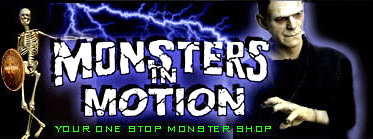
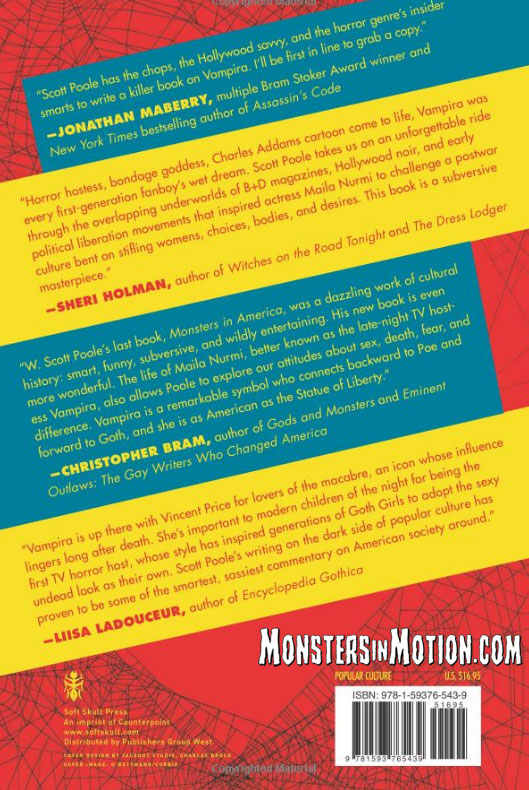
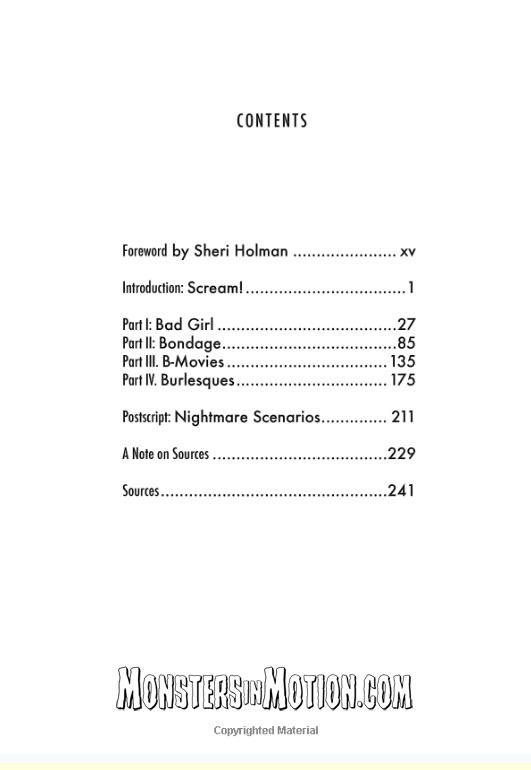
Vampira, The Movie, and Me

Product Description
When Maila Nurmi took to the TV airwaves in 1954 as the prototypical gothic scream queen Vampira, a national craze was set off. An instant icon of female power and sexuality, Vampira drew some of the most revolutionary figures of the day to her creator, at various times, Maila’s intimates included James Dean, Elvis Presley and Marlon Brando, among many others. But the woman behind the façade was both far more intricate and much more fragile than the character that made her famous.
This Special Edition includes: Restoring Vampira,a new documentary on Vampira and Me’s digital preservation of a newly discovered Vampira kinsescope unseen for 56 years – Remembering James Dean; a seven minute interview outtake of Maila Nurmi recounting her experience of the day James Dean died – On-camera interview outtake with Jane Satan of Satan’s Cheerleaders, the punk band Maila Nurmi fronted for two singles in the 1980s – Magic in the Air, a vintage look at TV technology circa 1955, when VAMPIRA was at her broadcast zenith – A walk down the red carpet at VAMPIRA AND ME’s 2012 Hollywood premiere. Plus: – A comprehensive audio interview with filmmaker R. H. Greene conducted by VAMPIRA AND ME Tumblr mistress Sam Fullerton – A gallery of specially created vintage; VAMPIRA AND ME lobby cards–the complete 8 card set, just like they would have made back when Vampira first aired in the 1950s.
Review
Punk Rock, Alt, Hipster, Goth and a far out chick long before such forms became the norm, Vampira’s cool transcends the decades. Murmi is sympathetic, likeable and quite intriguing; she is well worth spending an hour and a half with. –Staci Layne Wilson, HORROR.COM
Vampira And Me works on multiple levels: as a Hollywood history lesson, as a portrait of mid-fifties Americana, and as a long-overdue tribute to the endlessly fascinating Nurmi, whom Greene befriended during the autumn of her years. –Marc Savlov, AUSTIN CHRONICLE
Thoroughly engrossing, R.H. Greene’s docu succeeds admirably thanks to the charismatic oncamera presence of a 74-year-old Nurmi. –Ronnie Scheib, VARIETY

The true life story of the world’s first TV horror movie host is unveiled in this labor-of-love documentary. Bonus features include: Director commentary, Screening lectures, Music video, Trailer, Outtakes, “Joe Flynn Show” Vampira episode and more.
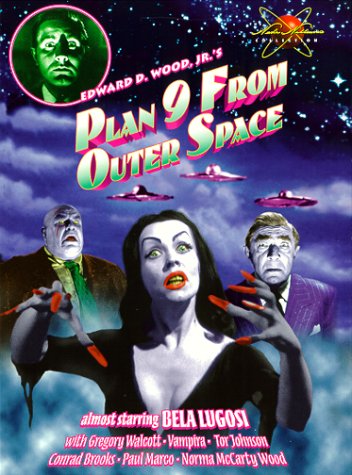
Product Description
This is it! The most popular Atomic Age cult film of the twentieth century. Winner of two Golden Turkey Awards for Worst Picture and Worst Director of All Time, the immortal Edward D. Wood, Jr.! It’s all here, the not-so-special effects, aliens in skating skirts zooming around in string-powered flying saucers to implement the ninth plan of Earth’s conquest (the first eight failed) with an army of zombies (well, three actually), Vampira, Tor Johnson and Bela Lugosi in his legendary “postmortem” performance (with Ed’s chiropractor standing in for Bela after his death). This truly original movie, Ed Wood’s “Citizen Kane,” is a hymn to all those who have ever tried to create something intelligent and meaningful, only to fail miserably every step of the way.
Amazon.com
Sometimes a movie achieves such legendary status that it can’t quite live up to its reputation. Plan 9 from Outer Space is not one of these movies. It is just as magnificently terrible as you’ve heard. Plan 9 is the story of space aliens who try to conquer the Earth through resurrection of the dead. Psychic Criswell narrates (“Future events such as these will affect you in the future!”) as police rush through the cemetery, occasionally clipping the cardboard tombstones in their zeal to find the source of the mysterious goings-on. More than just a bad film, Plan 9 is something of a one- stop clearinghouse for poor cinematic techniques: The time shifts whimsically from midnight to afternoon sun, Tor Johnson flails desperately in an attempt to rise from his coffin, and flying saucers zoom past on clearly visible strings. Fading star Bela Lugosi tragically died during filming, but such a small hurdle could not stop writer-producer-director Ed Wood. Lugosi is ingeniously replaced with a man who holds a cape across his face and might as well have “NOT BELA LUGOSI” stamped on his forehead. Plan 9 is so sweetly well- intentioned in both its message and its execution that it’s impossible not to love it. And if you don’t, well, as Eros says, “You people of Earth are idiots!” –Ali Davis
